Accurate Diagnosis Means Superior Results
Chronic soft tissue injuries are often misdiagnosed, leading to inferior treatment approaches that waste time and cost money, while the tissues continue to deteriorate. At NYDNRehab, we know that the rehabilitation of chronic injuries takes time, and we believe that time should not be wasted.
We use the highest resolution diagnostic ultrasonography to visualize your injured tissues in real time, with the patient in motion. Ultrasound lets us zero in on the damaged tissues to identify their nature, severity, and scope. It also equips us with sonoelastography to distinguish tendinopathy from tendinitis, and superb microvascular imaging, to monitor the healing process.
Dr. Kalika’s expertise as a prolotherapy specialist in NYC has helped dozens of runners, athletes, and physically active New Yorkers to fully recover from chronic soft tissue injuries and return to their favorite physical activities.






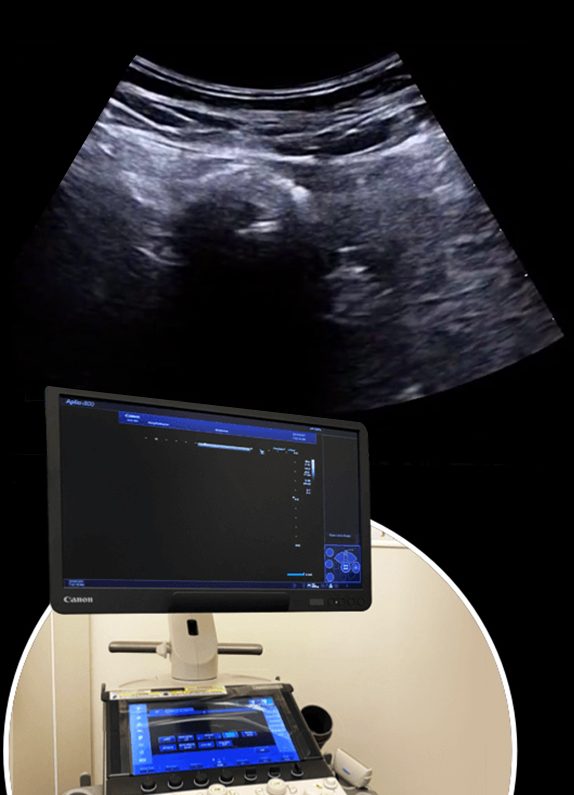
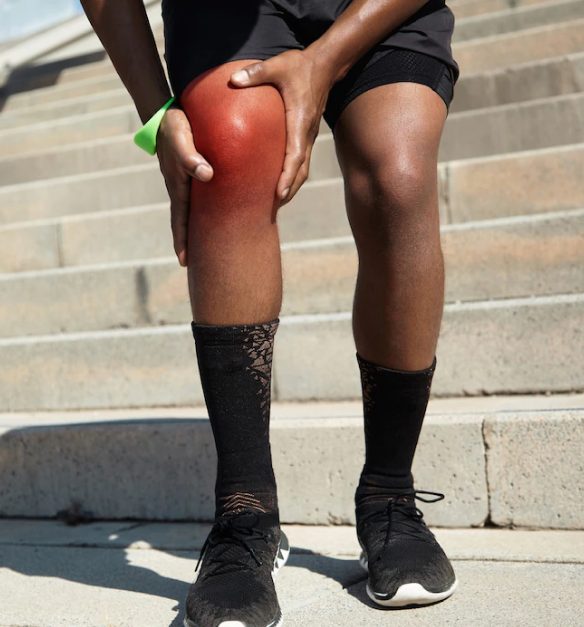
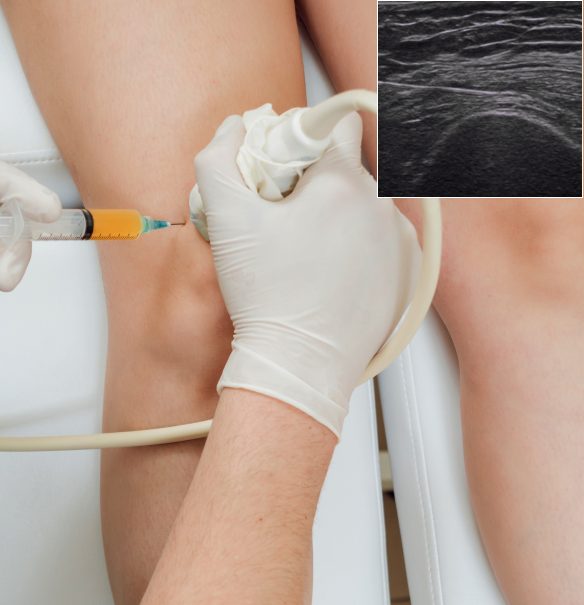








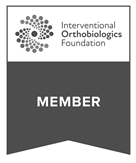
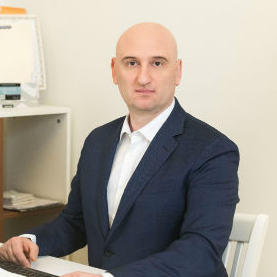
 Dr. Mikhail Bernshteyn
Dr. Mikhail Bernshteyn  Dr. Michael Goynatsky
Dr. Michael Goynatsky  Dr. Daniela Escudero
Dr. Daniela Escudero  Dr. Michelle Agyakwah
Dr. Michelle Agyakwah  Dr. Tatyana Kapustina
Dr. Tatyana Kapustina 

























